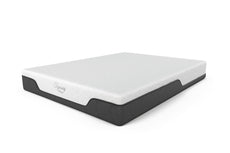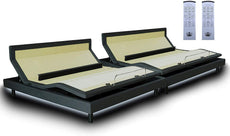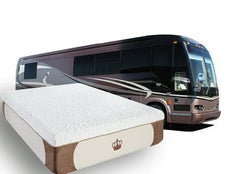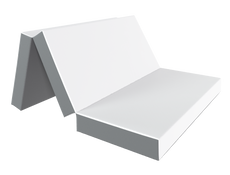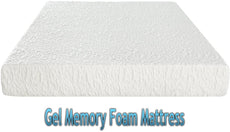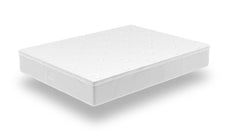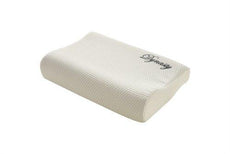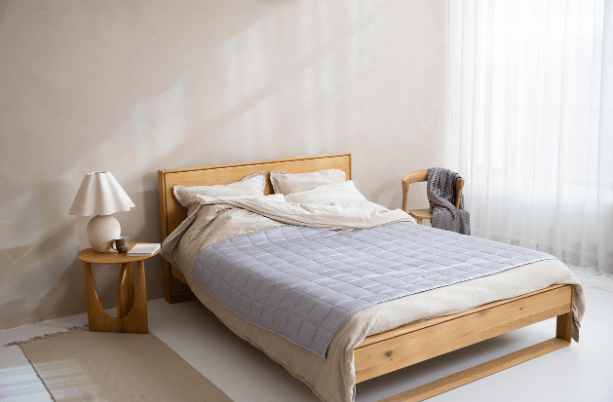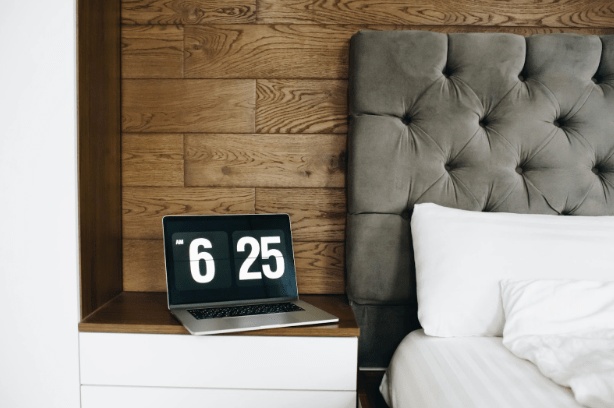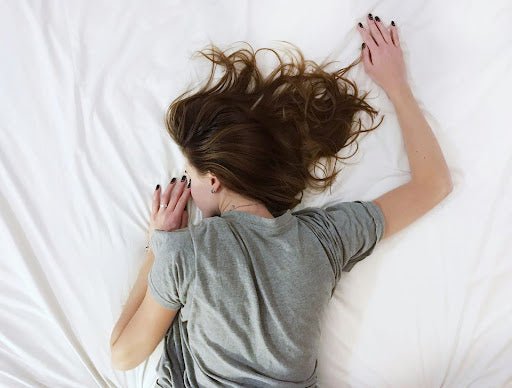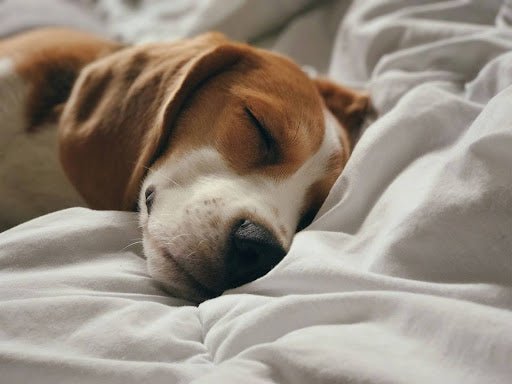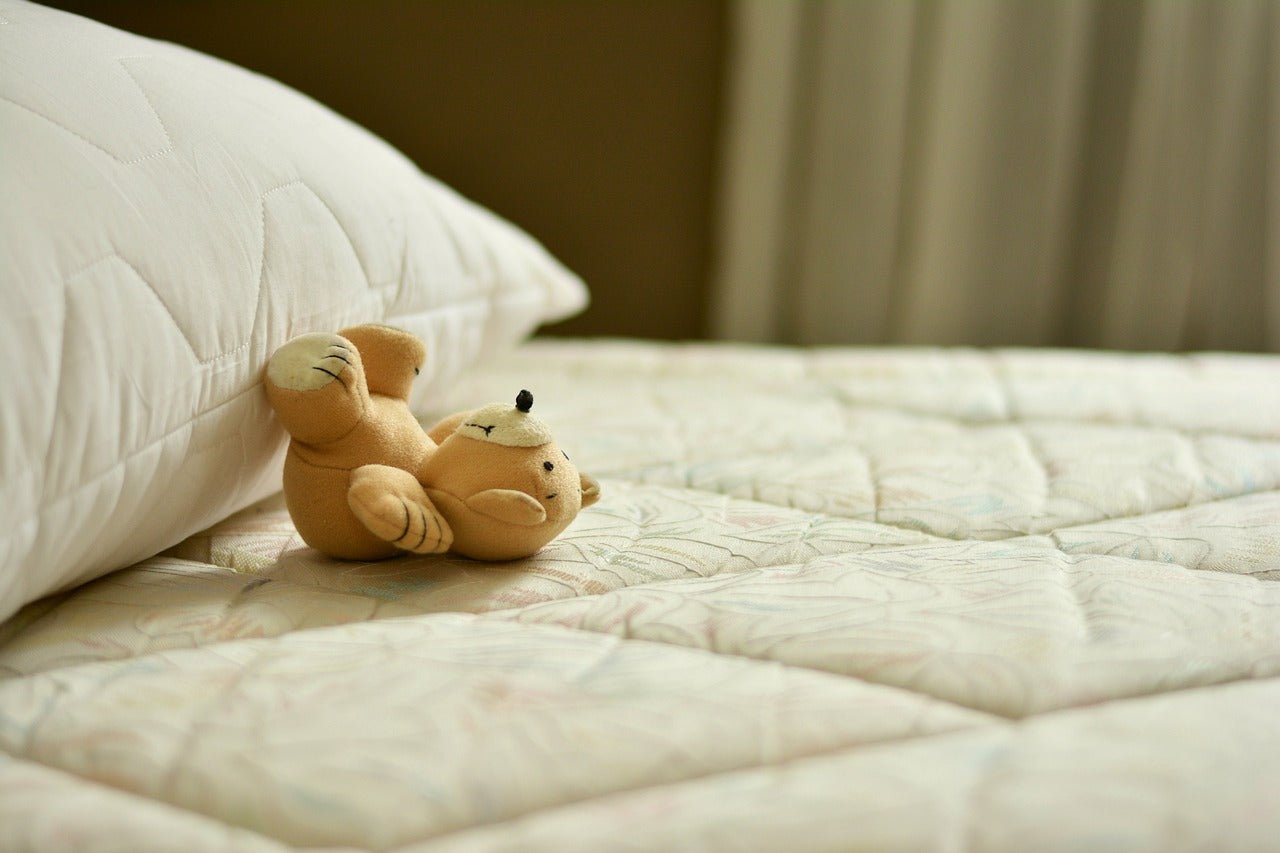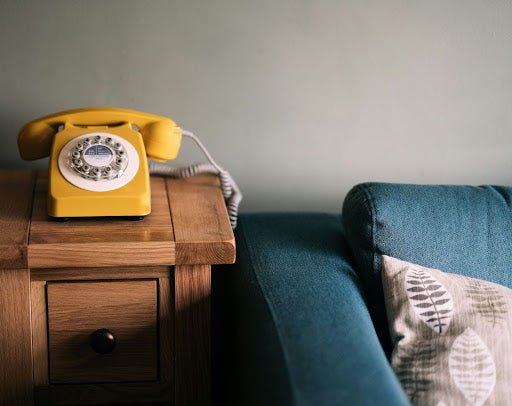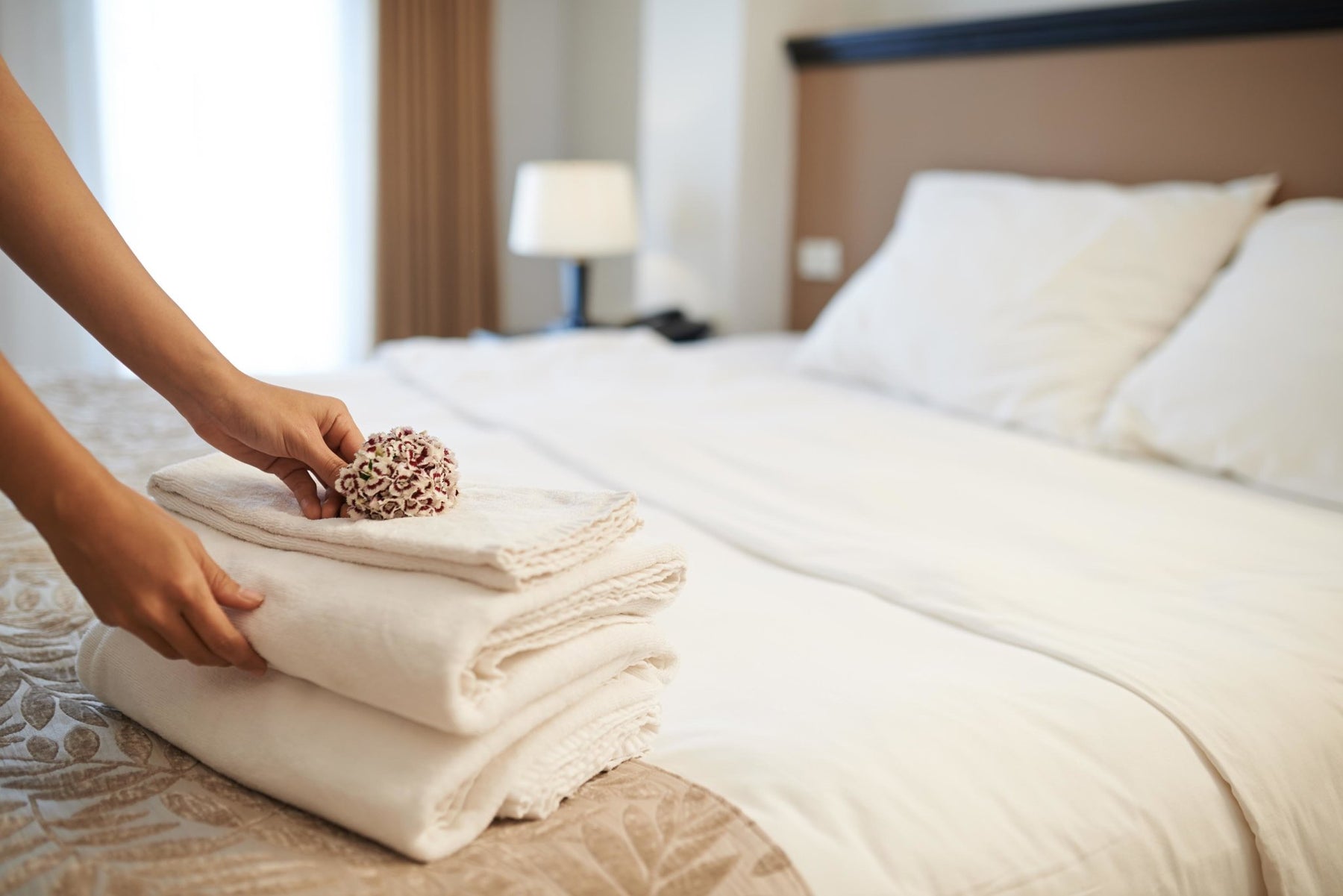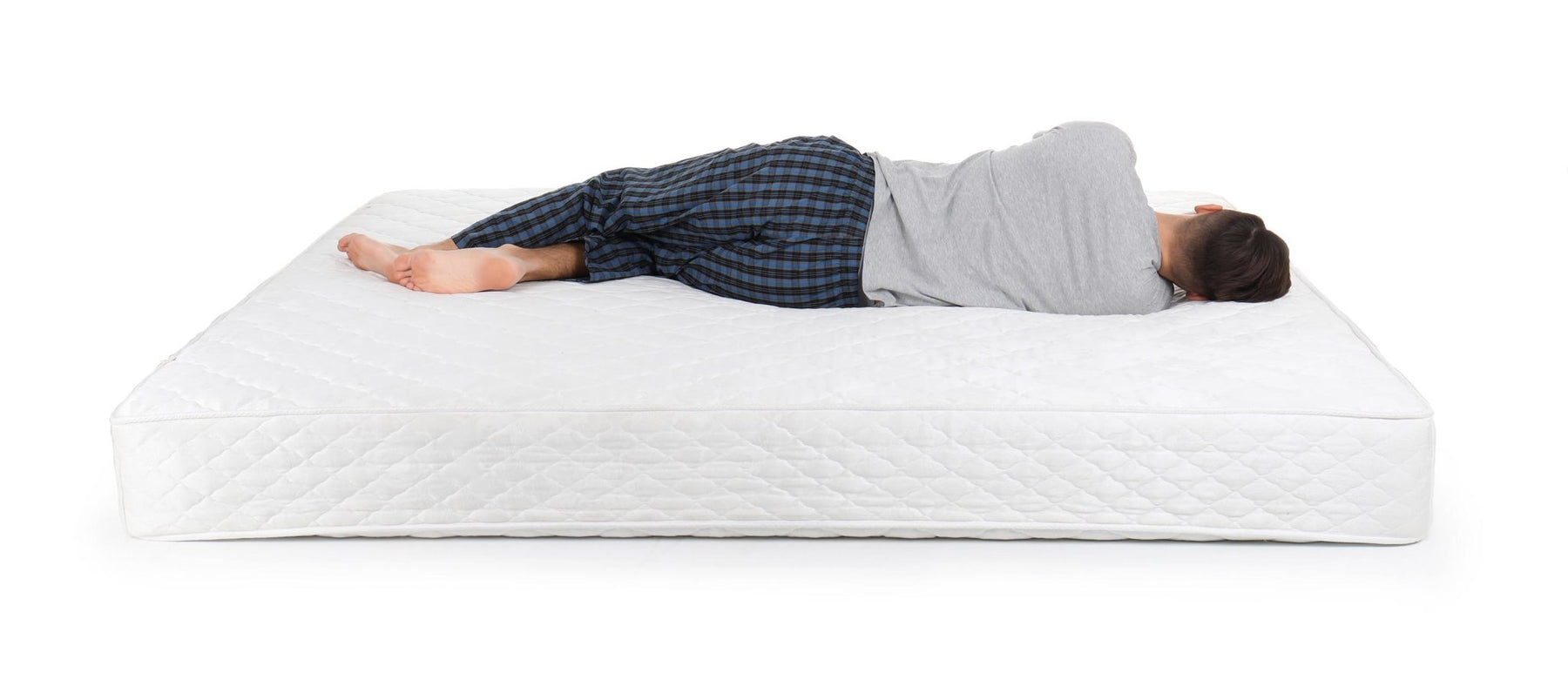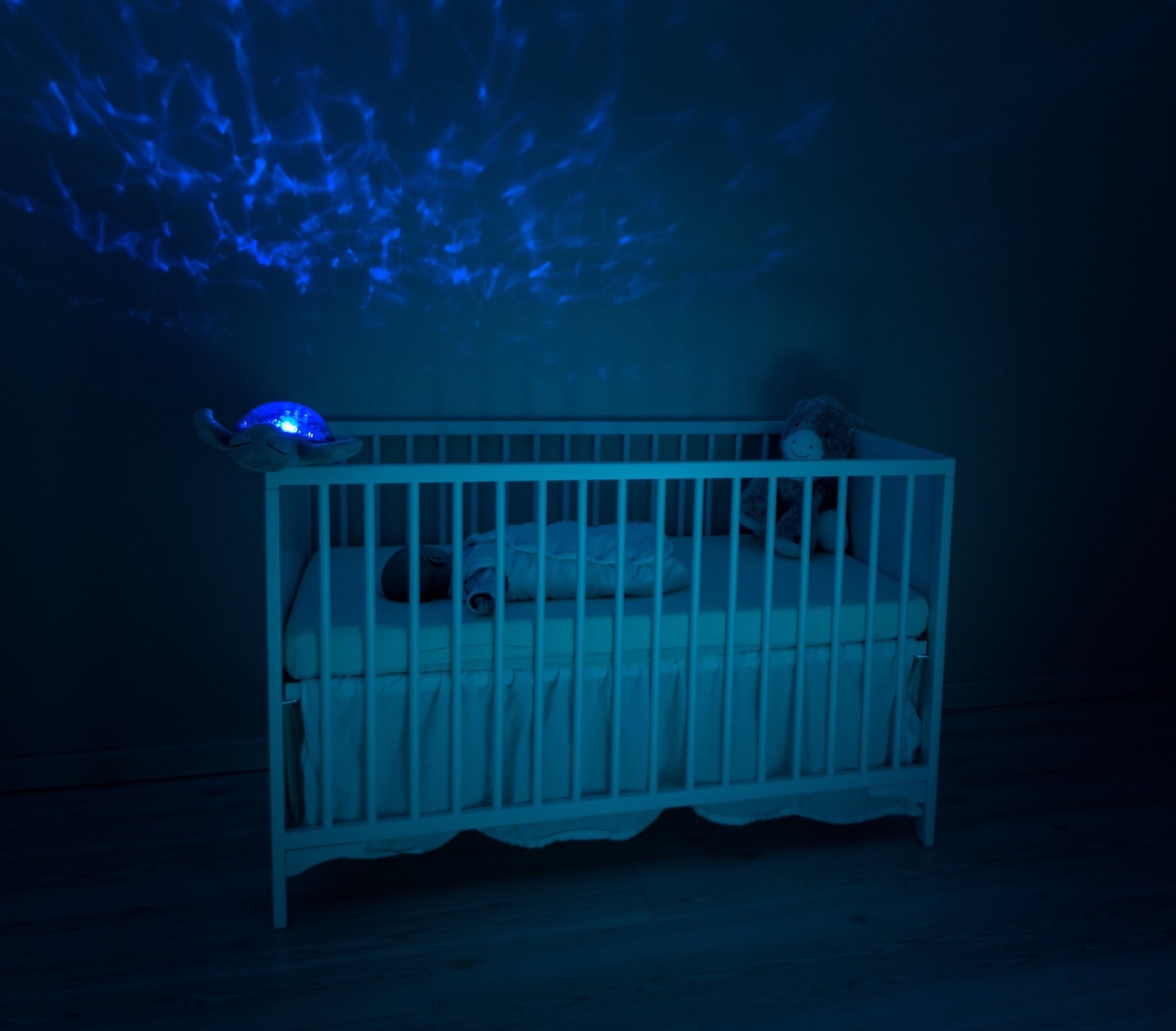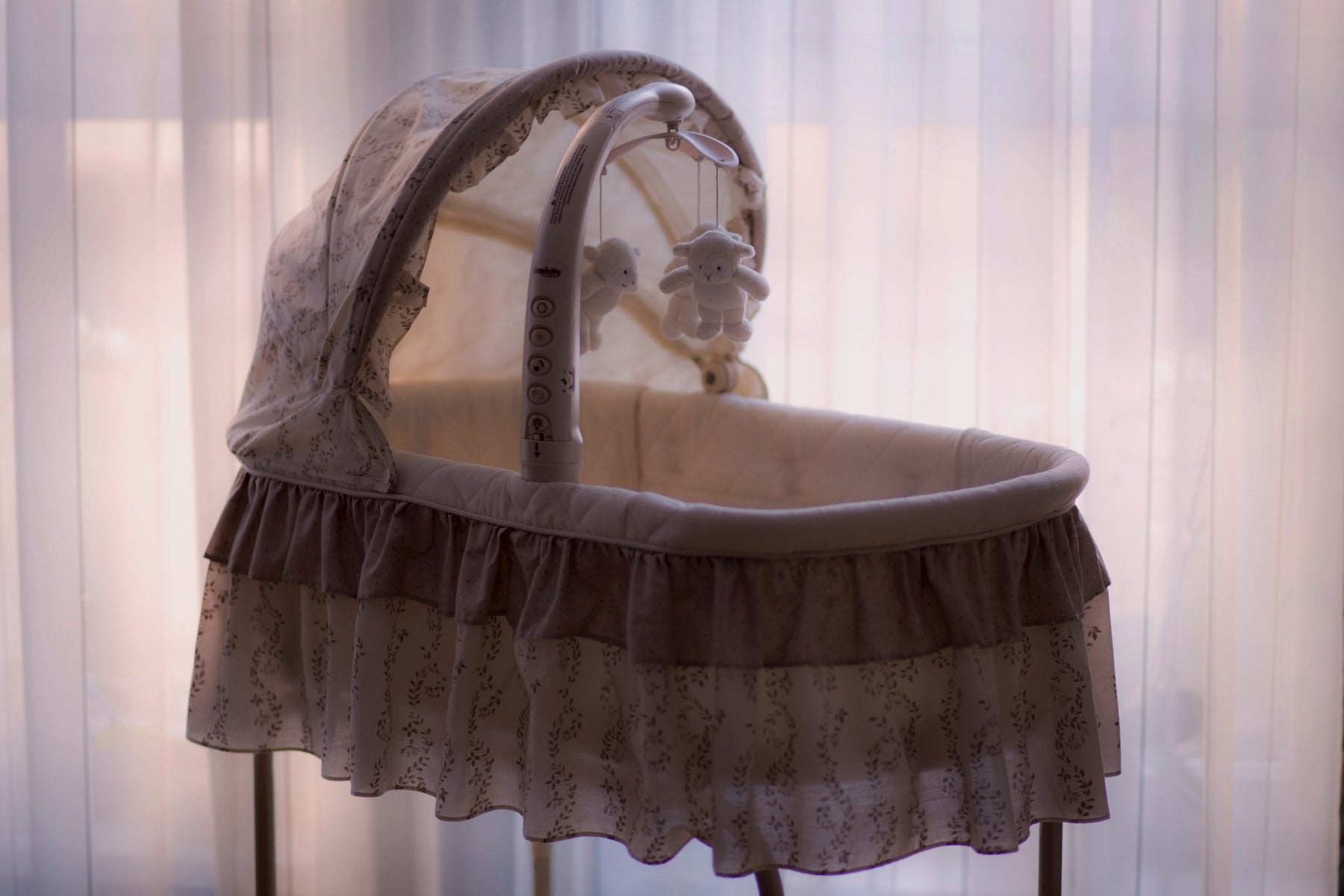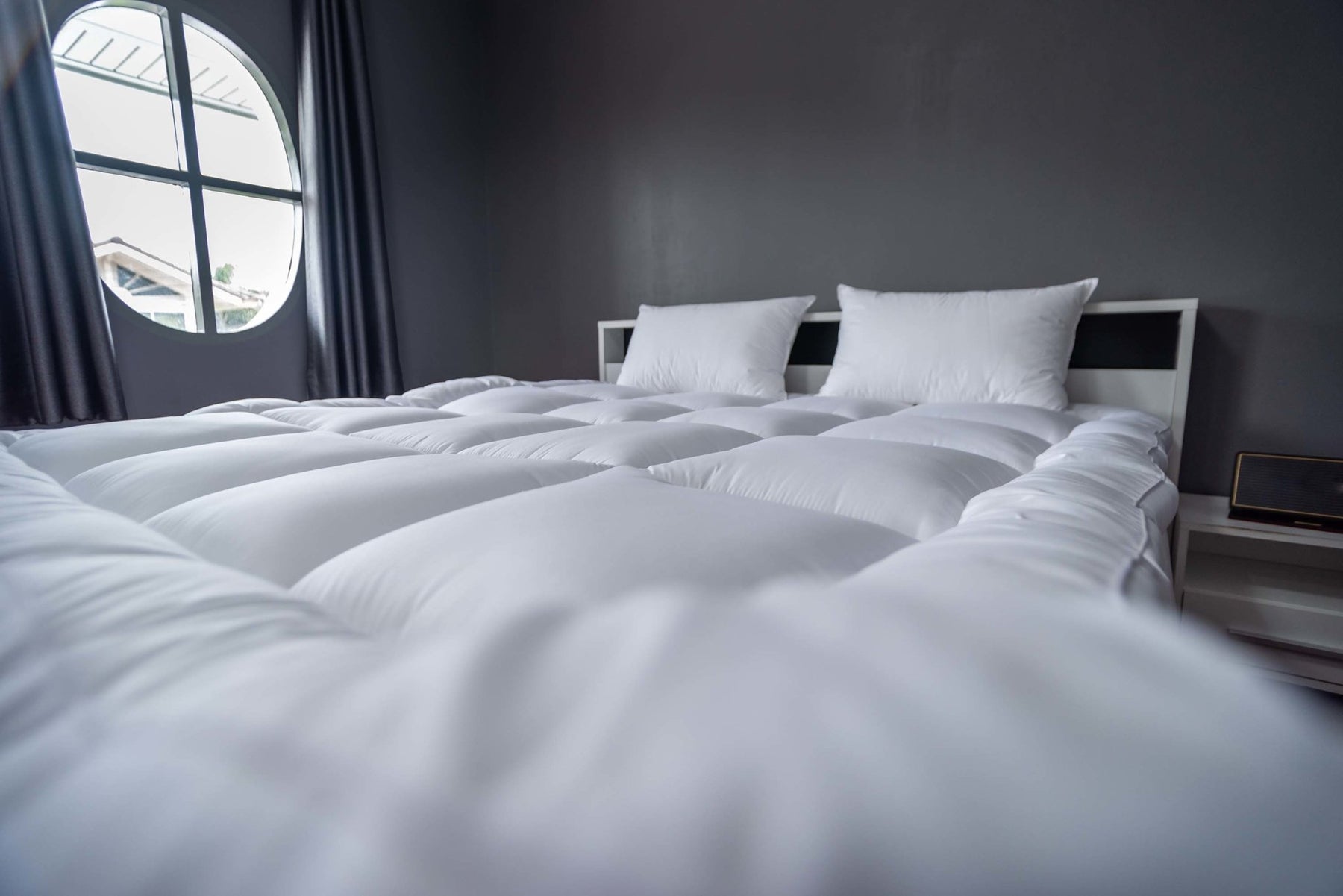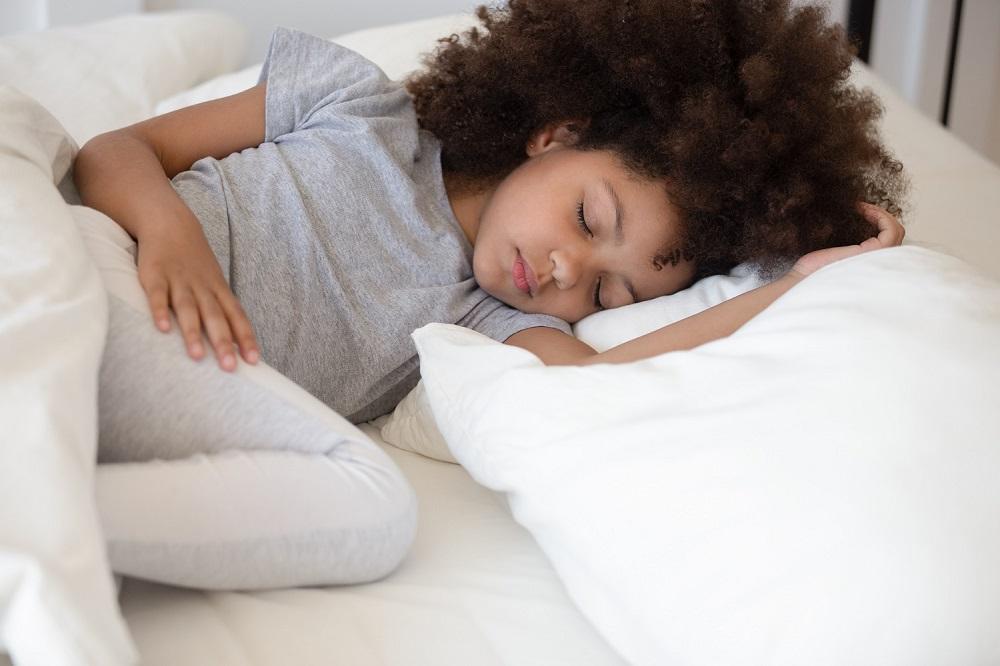
How To Wash Pillows
Washing your bedsheets and your blankets is probably a normal thing in your cleaning regimen (or, it probably ought to be) but how often do we wash pillows? Remember: pillows get the bulk of the drool, sweat, dandruff, and other substances on them. (We hate to say it, but pillows, like mattresses and couch cushions, can be the home to dead bugs, dead skin, and dust mites--and their droppings.) So cleaning your pillows on the regular is absolutely essential.
The problem is that not many people know how to clean a pillow! Do you just throw it in the washer and hope for the best? How do you dry a pillow? What about memory foam pillows--are they different? In this article we’re going to answer all your questions.
How Do You Wash Pillows?
As with anything that you’re going to wash, you need to check the label. Most pillows can go in the washing machine, but some require dry cleaning, and some--like memory foam--have a different process altogether. But generally you just put your pillows into the washer with warm water on a gentle cycle.
How Often Should You Wash Pillows
While you clean most of your bedding regularly, the pillows are something special and they don’t get washed as frequently. In fact, you really only need to wash a pillow every six months (unless you notice stains or odors). Some people say you should wash them more frequently--the American Cleaning Institute says that you should wash them every three months--but the main point is that they have a longer shelf life than most of your bedding. (However: be sure that you’re washing your pillow cases just as often as you wash your sheets!)
Does the Type of Washing Machine Matter When You Wash Pillows?
Ideally, you want a washing machine that doesn’t have an agitator--the spindle in the center--when washing your pillows. But, if you don’t have a machine like that, you can either go to the laundromat (if you’re confident they have good machines with well-regulated temperatures) or you can use a regular agitator-machine.
And here’s a tip: put your pillows in the washing machine vertically, not on their side, so that they’re less likely to get pummeled by the agitator.
Then after you’re done with the cleaning and rinsing cycles, use the spin dry at least twice, maybe three times, to get as much moisture out of the pillows as possible.
How to Dry Pillows
Pillows can air dry, after you’ve given them that extra-rigorous double spin cycle. But now is also the time to read the instructions on the pillow label. There are some pillows that are simply not made to stand up to a lot of heat (including memory foam pillows). If that’s the case, let them out and let them air dry. You don’t need to hang them from a rope in the backyard to air dry--just lay them out on the bed, and flip them occasionally.
If you want to dry them in the dryer, and if the tag says it’s okay, then use low heat and remove the pillows frequently to fluff them up. You don’t want all of the stuffing migrating to one clumpy spot in the pillows and staying there. The American Cleaning Institute says you can even toss a couple of tennis balls (or special-made dryer balls) into the dryer to continuously pummel the pillows and keep them from clumping.
Washing Memory Foam Pillows
How to Wash Memory Foam Pillows--The Light Cleaning
The first thing to do when washing a memory foam pillow is to remove it from the pillow case, which you will wash separately. You can use these techniques whether your pillow is memory foam, memory foam gel, latex foam, or polyester fiber fill. You should wash your memory foam pillows with the same frequency that you wash your regular pillows (2-4 times a year) but you should take extra care to wash them if someone who has been sleeping on them has been ill. Then it’s always a good time to wash. The exception is if you have a solid memory foam pillow, which you only need to wash once or twice a year (or after stains or illness).
It can help to wash your memory foam pillows on a day with good weather, as putting them outside (preferably in a gentle breeze) can help greatly in the cleaning process.
First, sprinkle the memory foam pillow with baking soda, covering it completely. (This doesn’t mean big piles of baking soda, but the pillow should be completely covered.) Leave the pillow out in an airy place (not too windy if it’s outside) and then get the vacuum. You’ll want to vacuum the pillow thoroughly, using the upholstery-brush attachment. This vacuuming with baking soda not only removes odors, but it also sucks out the dead skin, the dust mites, loose hair, or anything else on the pillow.
Then flip the pillow on the other side and do it again. (Yes, the process of cleaning a memory foam pillow takes some time, but we promise that a clean pillow is 100% worth it.)
Once you’ve left that side for an hour and vacuumed it, then make a gentle washing solution. Use a bowl of lukewarm water, and a detergent that you would use for hand-washing silk or wool. This is not meant for the entire pillow, but just for stains.
Rub the pillow with a damp clean cloth, moving from the outside of the stain into the center (this will prevent you from expanding the size of the stain). Keep repeating this over and over until the stain is removed, and when it is gone, use a dry clean cloth to blot the spot dry to remove any remaining detergent.
You can then allow the pillow to air dry, either outside, by a window, or, if you’re in a hurry, with a hair dryer.
How to Wash Memory Foam--The Deep Cleaning
If your pillow is in need of a serious cleaning, then the procedure is very different.
Fill a clean sink or bathtub with lukewarm water and detergent--the same gentle detergent we described above. Then immerse the memory foam pillow completely in the water and squeeze the water out. Careful: be sure not to wring the water out! That kind of twisting can tear the memory foam.
You should never place a memory foam pillow in a washer, even if the washer doesn’t have an agitator. The turbulence of the rotating spinner can cause the memory foam to break.
It may take many squeezes to get all of the water from the pillow, but be patient--a clean pillow to sleep on will be worth it!
Then allow the pillow to air dry, either by a window or in an airy area. (We don’t recommend leaving it outside because it may take 24 hours for your memory foam pillow to fully dry.)
How to Clean Old Stains
If the spot cleaning mentioned above fails to remove the stains, try this:
Get a mild laundry detergent, lukewarm water, a spray bottle, and a towel. We recommended making a solution of one part laundry detergent to two parts water in the spray bottle. Make sure the nozzle is closed and shake the bottle until the solution is fully mixed.
Spray the hard-to-get stain and scrub the spot with the towel. Remember that while a wet spot should be blotted, a dried-on stain needs to be scrubbed vigorously.
Even if the stain appears to be gone, you should repeat the action at least one more time. This is because stains often look like they’re gone when the pillow is wet, but when they dry the stain becomes visible again.
To dry the area, sprinkle it with baking soda, which will soak up moisture and remove odors, and then vacuum it dry. Then, as with the other methods mentioned above, let your pillow dry in a well-ventilated area.
How to Get Rid of Odor
Getting rid of odor in a memory foam pillow isn’t hard to do, though it does take a little effort.
The first thing you can do is try the baking soda mentioned, as we talked about above. Sprinkle an ample amount of baking soda on your pillow and let it sit and absorb odors for at least an hour. Then use a strong vacuum and suck up all the baking soda (which will also suck up any pet dander, hair, or dust).
The second thing you can try, if the odor is stubborn, is to use the vinegar method. Make a solution of equal parts vinegar and water, put it in a spray bottle, and gently mist the pillow. Then let the pillow fully dry.
Finally, if you like the aroma, you can try mixing water and essential oils and giving the pillow a spritz. The essential oils don’t eliminate odors, they only mask them, but they can be used to cover up a particularly unpleasant smell.
How to Protect Your Memory Foam Pillows in the Future
To make sure that your pillows stay fresh and clean, make sure that you wash your linens regularly, and vacuum your pillows with an upholstery brush once a week.
Other articles you may like
0 comments
